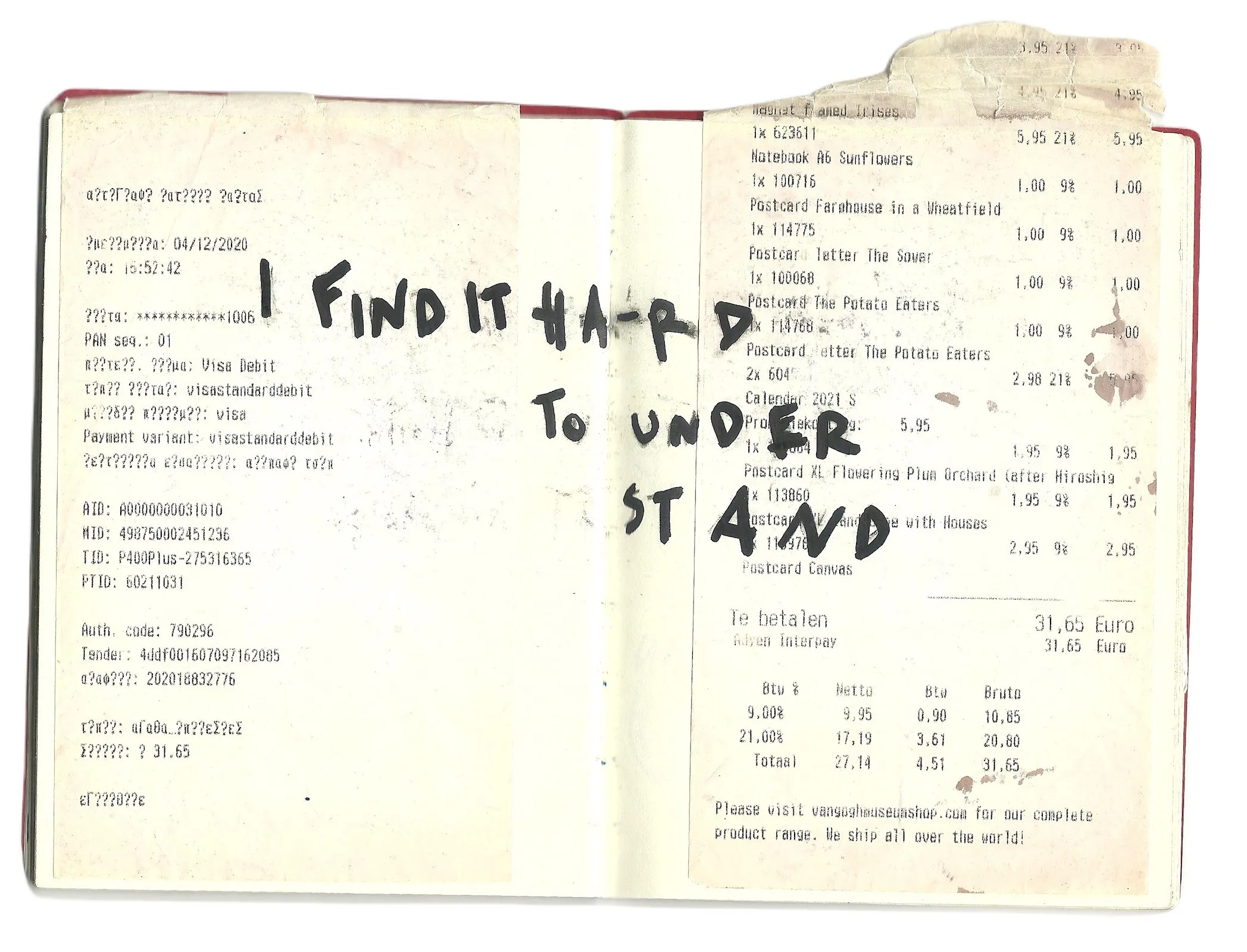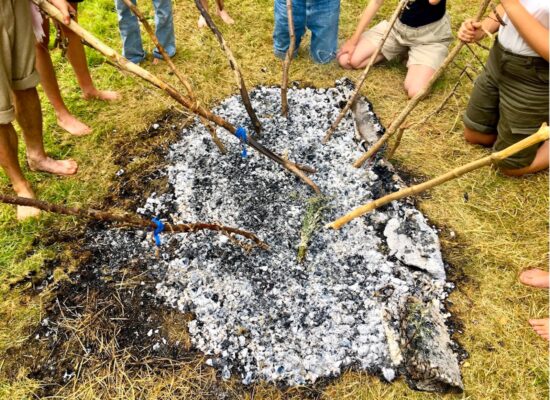Based in Athens (GR) and Brussels (BE)
Website https://www.sophiadanaevorvila.space
Research project HARD TIMES GOOD TIMES
Location Athens, Greece (2022-2023) independent research and self organised performances at M54 studio in collaboration with twelve Athens based artists (partly supported by ARTWORKS Fellowship program);
Antwerp, Belgium (academic year 2023-2024) with seven international artists, after receiving a research grant from the Royal Conservatoire Antwerp (group CORPoREAL). The last performance took place as a self organised event at Artist Commons Brussels in January 2025.
Can you describe your research project?
HARD TIMES GOOD TIMES is a multidisciplinary performance project rooted in dance and choreography with a focus on improvisation and instant composition, experimentation, fragmentation and writing practices. Starting from the body and the Freudian notion of sublimation, this project was formulated by a strenuous question I have been investigating over the past five years: how can we transform the discomfort and uneasiness of daily life into artistic creation via our moving bodies? How can all these neglected, unwanted feelings give their space to creativity, relief, playfulness, pleasure, intimacy? Could we possibly feel less lonely when we are coming together? Is the vastness of our feelings enough for us to make art with?
During this research process, I worked with shared authorship and collaboration by inviting in the studio nineteen artists from various fields and backgrounds, namely dance, theatre, cinema, visual arts, music; orchestrating their one to one rehearsals as a facilitator and proposing a strict time frame of just four rehearsals, the participants had to create their own short solos. Both in Greece and Belgium, the outcome of these four rehearsals was communicated with the audience with a performance where the artists were performing in succession of each other, while holding the space and supporting one another.
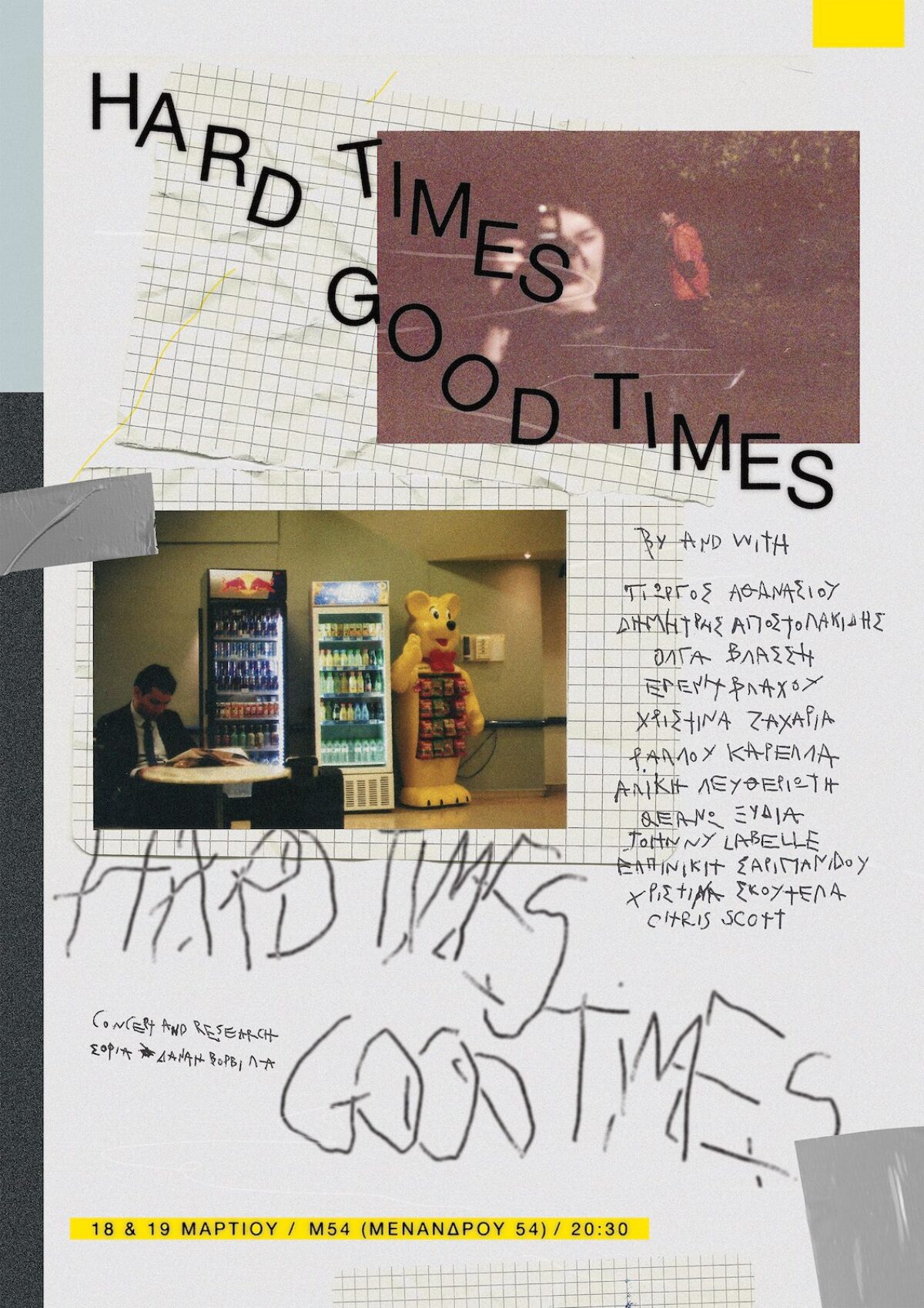
Why have you chosen this topic?
I feel that this topic chose me.
Almost ten years ago, this theme emerged from my studies in Psychology, especially when researching and studying the work and biographies of Virginia Woolf, Sylvia Plath and Sarah Kane; female writers of different eras and backgrounds with immersive, visceral, strong voices. Many thinkers and psychoanalysts have connected art with the clinical symptom (in these cases depression and bipolar disorder), hence, I was curious to research how literature, poetry and writing could be a possible way to sublimate, to transform these experiences into artistic creation in relation to the significant body of work of these three writers.
As a dancer, my artistic practice is inextricably linked to the moving body. I was keen on exploring further this topic. The idea of discomfort replaced the clinical symptom and while mingling theory, artistic references and improvisation, I found myself researching on how I can apply these notions into kinesis, making dances out of my discomfort of everyday life, culminating into a personal solo and a book publication (this_is_a_never_ending_sunday.jpg)
HARD TIMES GOOD TIMES is a collaborative dance project between myself and several artists where I asked them the same questions I have been working on. How would they stage their personal stories of discomfort? How would they communicate their own agency and agony through kinesis and dance?
What research methods do you use?
My main methodological tools are related to the physical body. I usually work with improvisation and instant composition in dialogue with automatic and performative writing as an embodied way to include text in the physical practice. My method is simple: based on serendipity, desire and openness, I gather a tapestry of tools, proposing a collage of exercises, remaining vigilant to changes of mood, fatigue or excitement, observing where these kinetic tasks may lead the fellow artists. I often change my rehearsal plan when I see that it may be not so effective or inspiring for them, or in cased they feel exposed or too challenged.
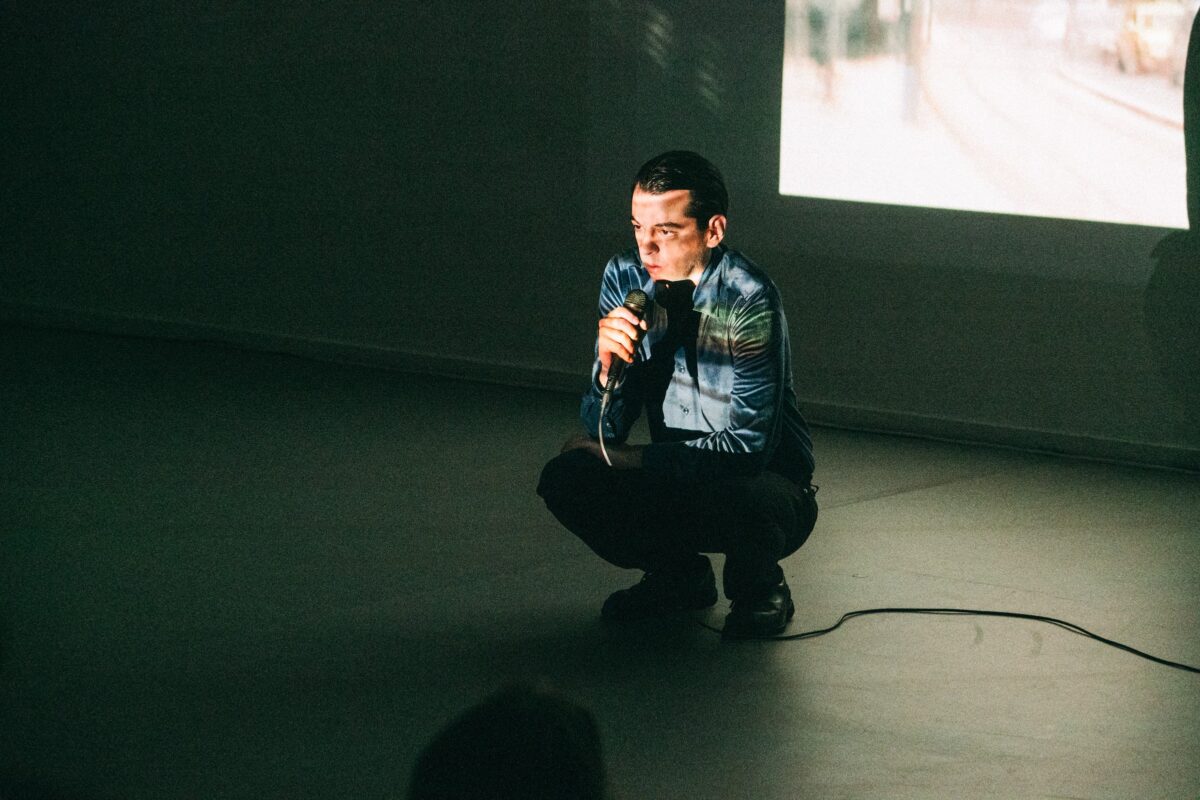
In what way did your research affect your artistic practice?
I think that I became more careful, more attentive. Since my own body was no longer in the centre, and I was not worried or insecure about my own performing skills, I learned how to be extra deliberate; how to communicate the material, how to articulate the exercises, how to touch, how to push, how to encourage, how to hold them. Not all artists were performers or dancers, hence, I had to find an alternative way to introduce them to my universe and delve into their own as well. For example, one of the Athenian artists is a sculptress and paintress. I observed she could improvise and generate movement material with ease and humour when I’d describe time and space in a more scenographic and visual way, rather than guiding her to move according to a kind of an established dance improvisation language with which us dancers work with. Her concentration and motivation were fading away when she could not understand tasks or exercises, when she felt completely out of control and her comfort zone. What may trigger tears, confusion or disappointment to someone, may be revealing and exciting to someone else.
These individual, one to one rehearsals made me realise that taking risks and challenging the boundaries (especially to artists with no prior movement experience) can be healing, difficult, surprisingly beautiful and immersive. Yet, we always need to be careful and proceed with caution and care, as the project’s concept is emotionally intense on its own.
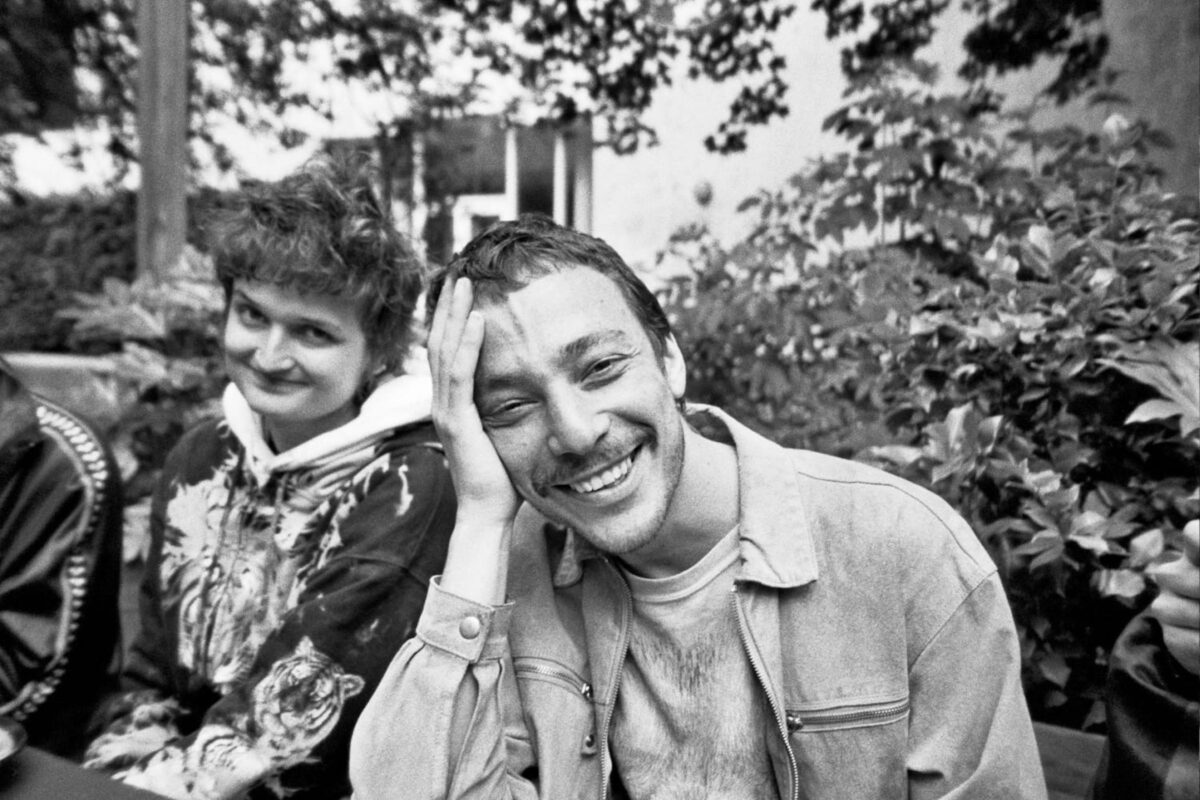
What are you hoping your research will result in, both personally and publicly?
Personally, this research enabled me to spend more quality time around artists and friends I admire and want to be surrounded with — within a work frame or not. I was privileged to witness, support and guide them through our intimate rehearsals. I am immensely grateful to their generosity and artistic input; I consider this period of working with them as one of the most beautiful and demanding I have ever had. However, it’s not only the emotional aspect of the work: the research idea of connecting sublimation of discomfort with artistic creation was applied and seemed to be relevant to all the participants involved.
Publicly, I hope that HARD TIMES GOOD TIMES would add to the importance and relevance of performative sharing and artistic practices focused on agency, polyphony, collectivity and collaboration. With many narratives of the solos commenting on the precarity of today’s neoliberal society and the importance of intimacy, forming alliances between us is vital.
